Supportive Regulatory Frameworks
Supportive regulatory frameworks are increasingly fostering growth in the Biofumigation Market. Governments and agricultural bodies are recognizing the need for sustainable pest management solutions and are implementing policies that encourage the use of biofumigation. These regulations often provide incentives for farmers to adopt environmentally friendly practices, thereby enhancing the market's appeal. Furthermore, as restrictions on chemical pesticides tighten, biofumigation is emerging as a compliant alternative. Recent legislative trends indicate a favorable environment for the biofumigation sector, with potential funding opportunities for research and development. This supportive regulatory landscape is likely to bolster the Biofumigation Market, facilitating its expansion and integration into mainstream agricultural practices.
Increasing Awareness of Soil Health
The rising awareness regarding soil health and its impact on crop yield appears to be a driving force in the Biofumigation Market. Farmers and agricultural stakeholders are increasingly recognizing that healthy soil is essential for sustainable agriculture. This awareness is likely to lead to a greater adoption of biofumigation practices, which utilize natural plant materials to suppress soil-borne pests and diseases. As a result, the market for biofumigation products is projected to grow, with estimates suggesting a compound annual growth rate of around 10% over the next few years. This trend indicates a shift towards more environmentally friendly agricultural practices, aligning with the broader goals of sustainability in the Biofumigation Market.
Shift Towards Sustainable Agriculture
The ongoing shift towards sustainable agriculture practices is significantly influencing the Biofumigation Market. As consumers demand more environmentally friendly products, farmers are compelled to adopt practices that minimize chemical inputs. Biofumigation offers a viable alternative, utilizing natural compounds to control pests and diseases without the adverse effects associated with synthetic chemicals. This transition is supported by various agricultural policies promoting sustainable practices, which may further enhance the market's growth. Recent data indicates that the biofumigation segment could capture a larger share of the pest control market, potentially reaching a valuation of several billion dollars in the coming years. This shift underscores the importance of sustainability in the Biofumigation Market.
Rising Incidence of Soil-Borne Diseases
The increasing incidence of soil-borne diseases is a critical driver for the Biofumigation Market. As agricultural practices intensify, the prevalence of diseases such as Fusarium and Verticillium wilt has escalated, posing significant threats to crop production. Biofumigation presents an effective solution, as it employs specific plant species that release bioactive compounds capable of suppressing these pathogens. The market is responding to this challenge, with research indicating a growing demand for biofumigation solutions among farmers seeking to protect their crops. This trend is likely to result in a substantial increase in the adoption of biofumigation techniques, thereby expanding the market's footprint in the agricultural sector. The Biofumigation Market is poised for growth as it addresses these pressing agricultural challenges.
Technological Innovations in Biofumigation
Technological innovations are playing a pivotal role in shaping the Biofumigation Market. Advances in research and development have led to the identification of new biofumigant crops and improved application methods. These innovations enhance the efficacy of biofumigation practices, making them more appealing to farmers. For instance, the development of precision agriculture technologies allows for targeted application of biofumigants, optimizing their effectiveness while minimizing waste. This trend is likely to attract investment in the sector, as stakeholders seek to capitalize on the benefits of these advancements. The Biofumigation Market is expected to witness a surge in product offerings, driven by these technological advancements, which may lead to increased market penetration and consumer acceptance.


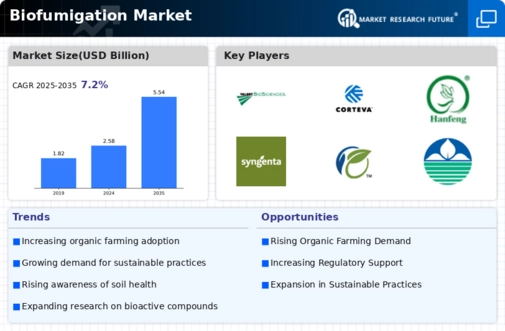
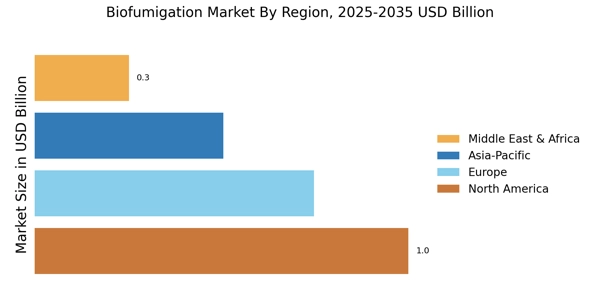
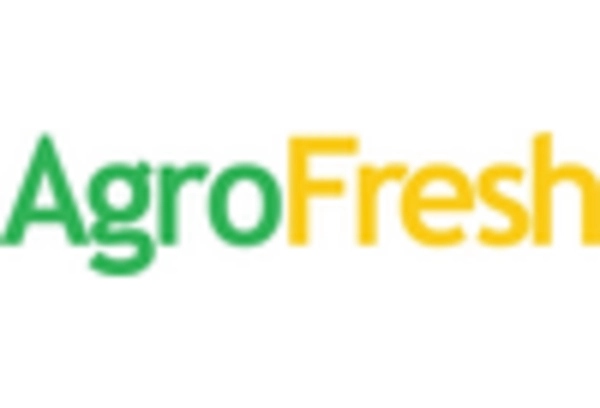

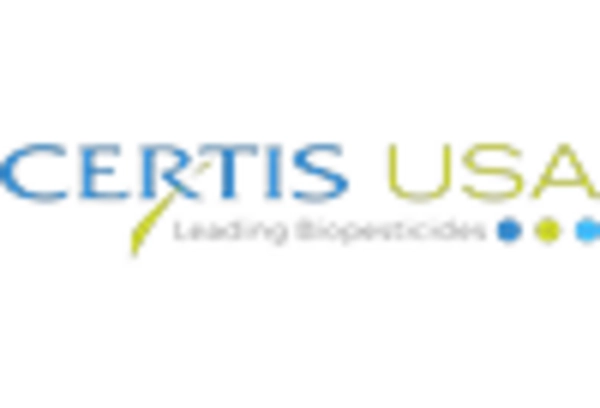
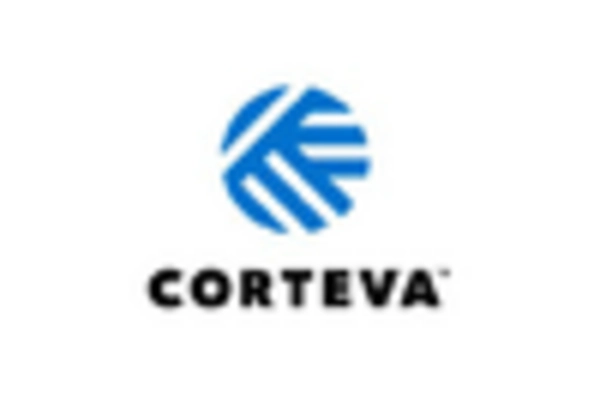
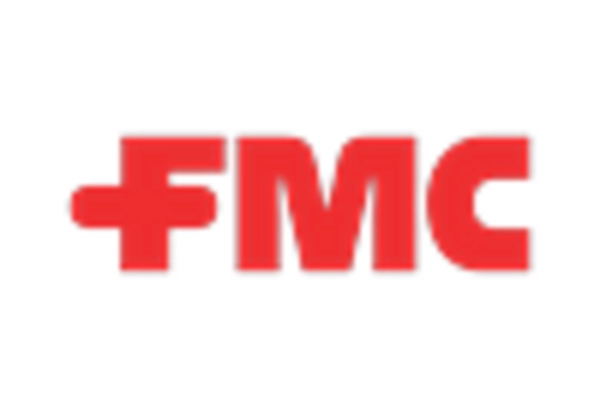
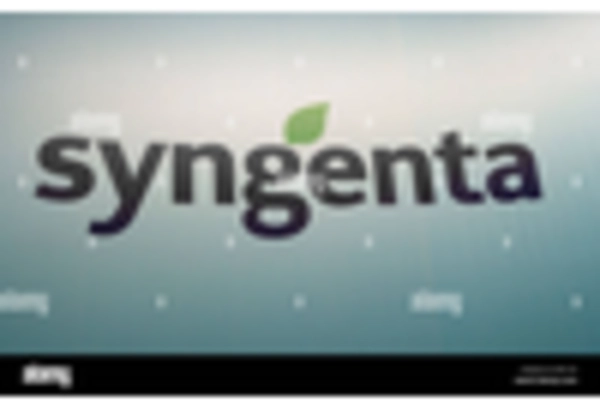








Leave a Comment